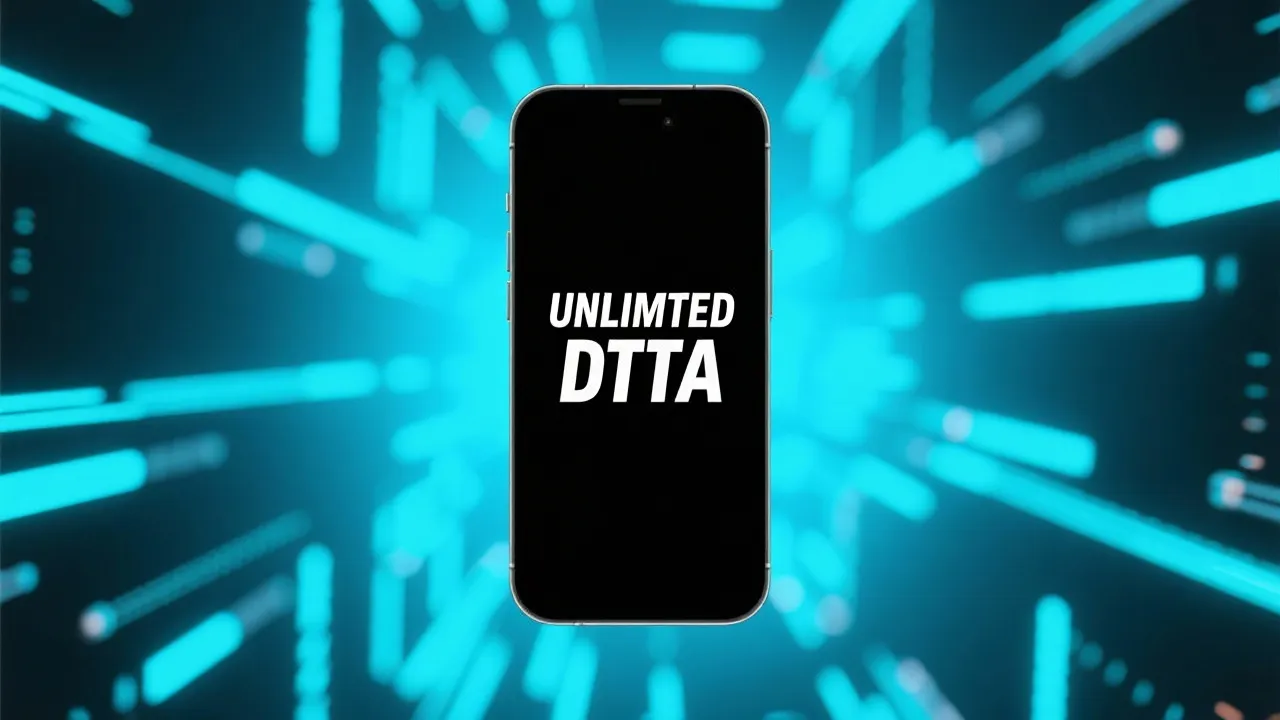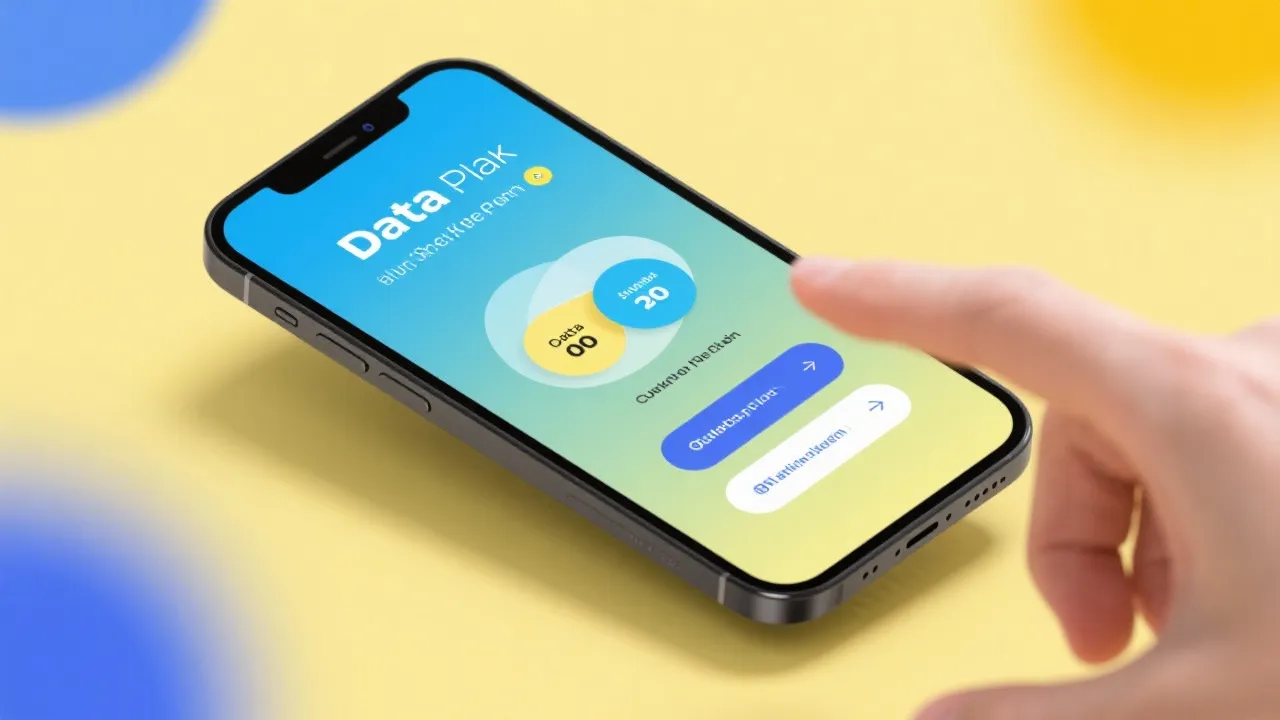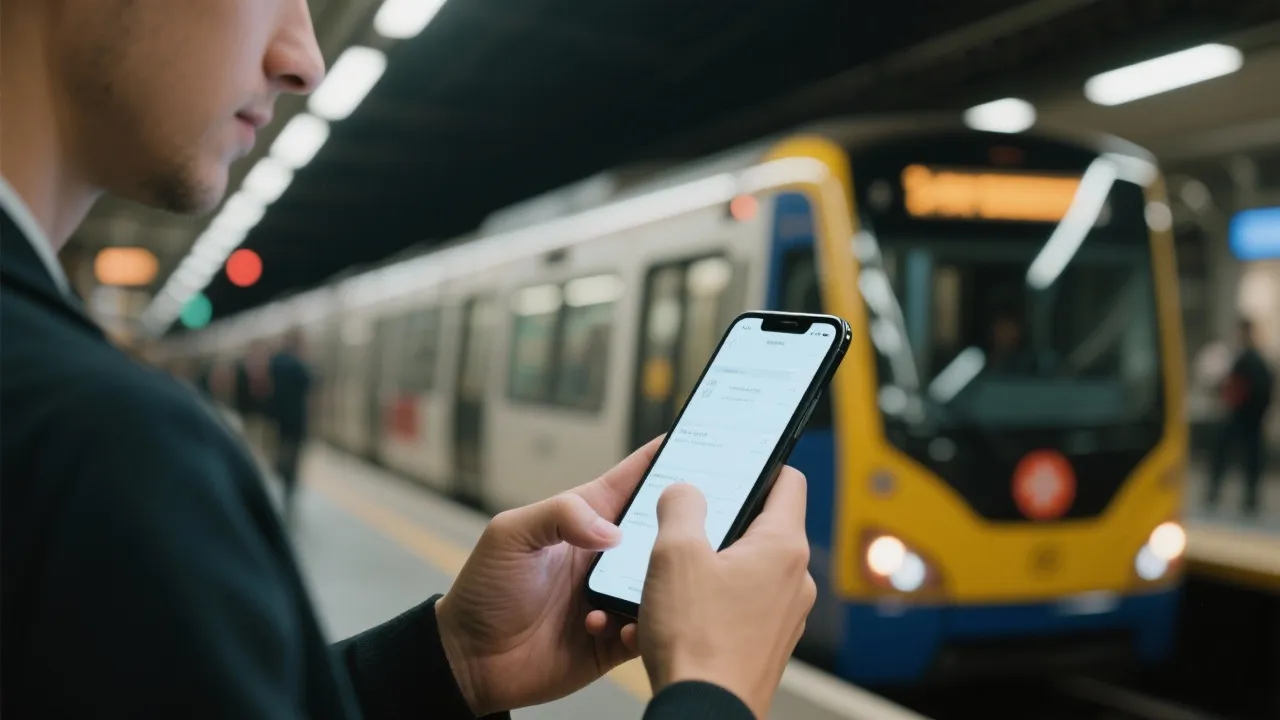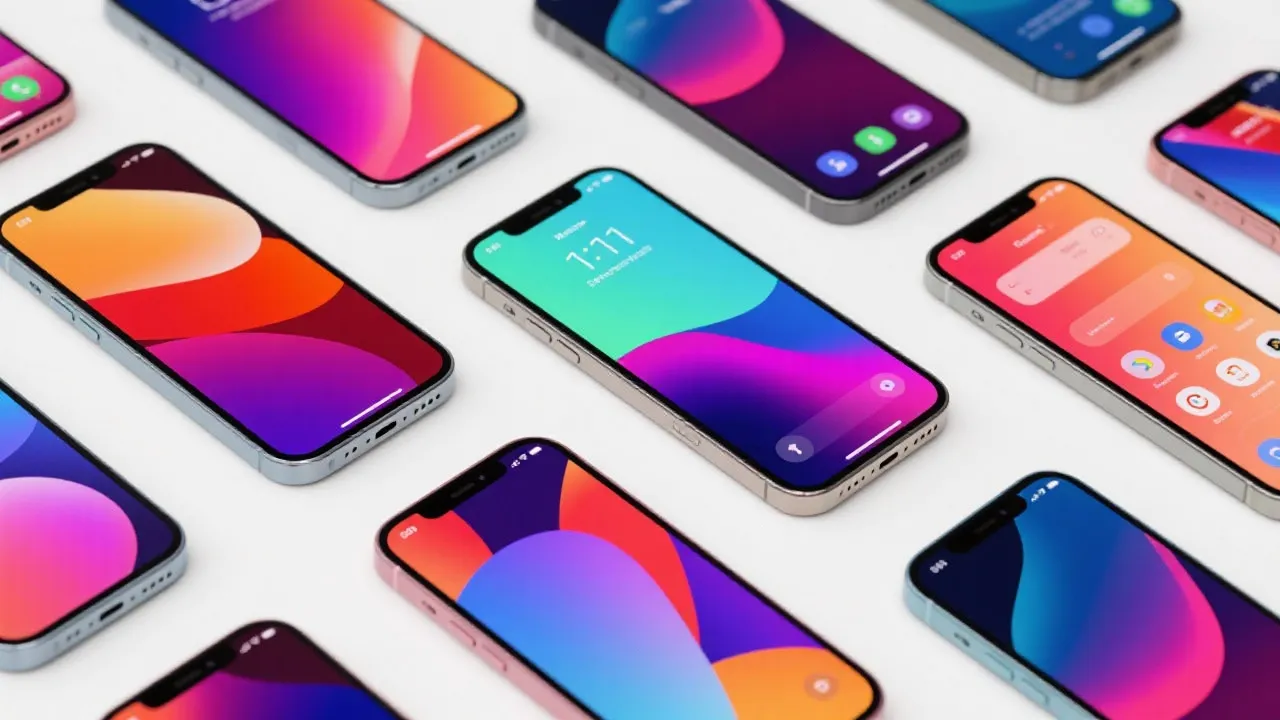Ultimate Guide to Affordable Phones with Unlimited Data
This comprehensive guide explores government-supported services providing smartphones with unlimited data to eligible individuals. Understanding government-funded mobile services is crucial as these programs aim to bridge the digital divide by offering affordable telecommunication solutions based on income or participation in certain assistance programs.

Introduction to Government Phone Programs
The rapid evolution of technology has made communication an indispensable part of daily life. In today’s interconnected world, accessibility to mobile services—including voice, text, and data—is crucial for both personal and professional purposes. The significance of having a mobile device cannot be underestimated, particularly as various services increasingly rely on digital communication. For low-income individuals and families, however, the costs associated with obtaining a smartphone and maintaining a service plan can be prohibitive. This is where government-backed initiatives come into play.
This guide explores programs providing smartphones and data services to individuals in the United States, emphasizing solutions that come without significant financial barriers. It aims to empower those who need support in obtaining mobile communication services and ensure that they are informed about available resources, eligibility criteria, application procedures, and the variety of options at their disposal. By examining these critical aspects, we hope to delineate how government phone programs can significantly enhance the quality of life for citizens, providing them with the opportunity to stay connected at home, during emergencies, and in many other aspects of their lives.
Understanding Affordable Phones and Unlimited Data
The concept of affordable phones with unlimited data finds its roots in government initiatives like the Lifeline Assistance Program and the Affordable Connectivity Program (ACP). These programs are designed to ensure that underserved communities have access to essential communication services. The Lifeline program, for instance, has been a cornerstone of affordable telecommunications for over three decades, providing subsidies that help low-income individuals maintain phone service. Similarly, the ACP focuses on providing internet connectivity, which has become essential in today's digital landscape.
The benefits of these programs are primarily available to those who meet specific eligibility criteria, such as income thresholds or participation in government assistance programs. By streamlining access to mobile technology, these initiatives help bridge the digital divide, ensuring that all individuals have opportunities to connect, communicate, and thrive in a technology-driven society.
Moreover, with the pervasive use of smartphones, the provision of unlimited data plans extends beyond just basic connectivity; it enables users to access educational resources, look for jobs, explore telehealth services, and engage in community activities online. The ability to remain connected has never been more crucial, allowing individuals to navigate an ever-evolving landscape with confidence and convenience.
Top Providers Offering Services
Several service providers partner with government programs to offer these benefits, each with unique features and services tailored to meet the diverse needs of users. Below is a concise list of providers and the services they offer:
| Provider | Services Included | Additional Package Costs |
|---|---|---|
| SafeLink Wireless | Affordable smartphone or BYOD options, unlimited text, calls, and data (varies by plan and state) | Premium device upgrades or extra data may incur costs |
| Assurance Wireless | Affordable Android smartphone, unlimited talk and text, data allowances | Optional upgrades for high-speed data and international calls |
| StandUp Wireless | Affordable smartphone or BYOD options, unlimited talk and text, data plans | Fees applicable for premium phones or additional data |
| Access Wireless | Unlimited voice, text, and limited high-speed data | Data boosts and device upgrades are available |
| True Wireless | Government-supported phones, voice, and data plans | Device upgrades or additional data plans have costs |
It’s important to note that while the basic plans may be offered at no cost, users might encounter additional charges for features like international calling or certain premium phones. Hence, potential applicants should carefully review the offerings of each provider to select a plan that aligns best with their communication needs and budget. Source: Please refer to the provider's official websites for more detailed information.
Eligibility and Application Process
Eligibility for these benefits typically requires adherence to income guidelines or participation in specific assistance programs. The primary eligibility criteria include:
- Income at or below 135% of the federal poverty line for Lifeline, or 200% for ACP.
- Participation in programs like Medicaid, Supplemental Nutrition Assistance Program (SNAP), Supplemental Security Income (SSI), or Federal Public Housing Assistance (FPHA).
- Additional benefits may apply for residents of Tribal lands.
For individuals who may not be aware, the federal poverty line is updated annually based on factors such as family size and cost of living. It is important that applicants verify their eligibility against these standards to ensure they qualify for assistance.
To apply, interested individuals must visit the provider’s official website, complete an online application, and provide proof of eligibility, which may include income documents or program enrollment verification. Each provider may have a slightly different process, so it is important to follow the specific instructions provided on their website.
Moreover, support is often available for those who need help with the application process. Many organizations and community outreach programs offer assistance, helping individuals gather necessary documentation and navigate the online application process with ease.
FAQs about Affordable Phone Programs
What is Lifeline?
Lifeline is a federal program designed to subsidize phone services for low-income consumers. By providing discounts on monthly phone bills, it ensures that individuals can stay connected without financial strain.
What is the Affordable Connectivity Program (ACP)?
The ACP aims to provide affordable broadband to eligible households, helping to offset costs for internet access. This program recognizes the critical importance of digital access in modern society.
Can I use my existing phone?
Yes, many providers allow a Bring Your Own Device (BYOD) option. This means that if you have a smartphone that is compatible with the network, you may be able to use it with the new service, thereby reducing the need for a new device and additional costs.
Are there any hidden costs?
While basic services are affordable, it is important to be aware that additional data, premium phone upgrades, or some features may incur charges. Reading the fine print on the service agreement is crucial to avoid any unexpected expenses in the future.
Benefits of Government Phone Programs
The government phone programs not only provide immediate relief in terms of financial support but also foster long-term benefits for individuals and communities. By ensuring that low-income families have access to mobile technology, these programs contribute to various socio-economic advantages. Below, we will explore some of the broader impacts that arise from enhanced connectivity.
Empowerment through Connectivity
Access to mobile communication enables individuals to feel empowered in their daily lives. As individuals can reach out for help in emergencies, contact healthcare providers, apply for jobs, and connect with education programs, the feeling of isolation diminishes significantly. Communication allows individuals the freedom to engage actively in their communities and seek opportunities that may have previously seemed unattainable.
Educational Opportunities
With smartphones and internet access, learners have a wealth of information at their fingertips. This flexibility is increasingly vital in today's education sector, where online resources, virtual classes, and educational tools are widely used. For students from low-income families, having access to these resources can level the playing field, granting them the chance to succeed like their more affluent peers.
Economic Development
The availability of affordable mobile services can also stimulate economic development within communities. When individuals are equipped with tools to find job opportunities, run small businesses, or connect with potential clients, the local economy can flourish. This, in turn, contributes to a more vibrant community with enhanced employment rates and improvement in living standards.
Healthcare Accessibility
Digital connectivity allows individuals to access telehealth services, which have proven especially important during times like the COVID-19 pandemic. With mobile access, individuals can consult healthcare professionals, gain valuable health information, and even maintain medication schedules through reminders and apps. The increased capability to seek medical help speaks directly to the improvement of overall public health, particularly in underserved neighborhoods.
Challenges and Considerations
Despite the benefits, some challenges and considerations may arise with government phone programs. It is essential to be aware of these potential hurdles:
Digital Literacy
While having access to a smartphone is crucial, the ability to use it effectively is equally important. Digital literacy varies greatly among different populations, and some individuals may need additional support and training to navigate their devices, apps, and online platforms. Without adequate assistance, the promise of connectivity may not be fully realized.
Network Reliability
Not all areas have equal network coverage, which may impact the usability of services offered through government programs. In rural or underserved regions, users may experience difficulties in connectivity, making it hard to rely solely on mobile-based communication.
Long-term Sustainability
Another factor to consider is the long-term sustainability of these programs. While government initiatives provide a lifeline, it is vital to consider how these programs can evolve to meet the changing technological landscape and the needs of users. Ongoing advocacy for enhanced funding and resource allocation is necessary to ensure that these programs continue to serve their intended purposes effectively.
How to Maximize the Benefits of Government Phone Programs
To derive the most value from government phone programs, beneficiaries should consider several strategies:
Understand Plan Features
Carefully review the details of the phone service offerings. Providers often include various plans with distinct features, and knowing the differences can help you select the one that best fits your needs. Moreover, understanding the terminology associated with mobile services can help prevent confusion over what each feature entails.
Take Advantage of Additional Resources
Alongside mobile services, many organizations offer supplementary resources, including tech support, classes, and workshops. Engaging with these resources can help beneficiaries gain greater confidence in using their devices and exploring the plethora of services available through mobile connectivity.
Stay Informed about Updates
Eligibility requirements, plan offerings, and technology change frequently. Staying informed about any changes to government programs or provider offerings can ensure you don’t miss out on new benefits or improvements that can further enhance your service experience.
Conclusion
Affordable phones with unlimited data are a beneficial resource for those eligible, enhancing connectivity and accessibility in many vital areas of life. With multiple providers and plans available, interested individuals can select services that best meet their needs. Understanding the eligibility requirements and application process is essential for accessing these benefits, allowing users to make informed decisions that positively impact their lives. The initiatives behind government phone programs represent not just a bridge to communication but an avenue for empowerment, education, economic opportunity, and improved public health.
As society continues to advance technologically, it remains critical to address the needs of underserved populations and foster inclusive growth through initiatives designed to enhance access to essential resources. By making strategic investments in technology access, we can build a stronger, more equitable future for all.
Disclaimer: The above information is based on online resources as of October 2023. This guide cannot guarantee the provision of affordable government phones. For specific application procedures and requirements, refer to the provider's official stipulations. This guide is not updated in real-time.
References and additional provider information can be obtained from:
-
1

Reducing Costs and Enhancing Technology in Solar Panels
-
2

Affordable Life Insurance Options for Seniors
-
3

Comprehensive Guide to Choosing the Right Smartphone
-
4

Unlock Affordable Online Learning: A Seniors’ Guide to Economical Educational Opportunities
-
5

Discover the Keys to Landing Your Perfect Work-from-Home Job: An Essential Guide









